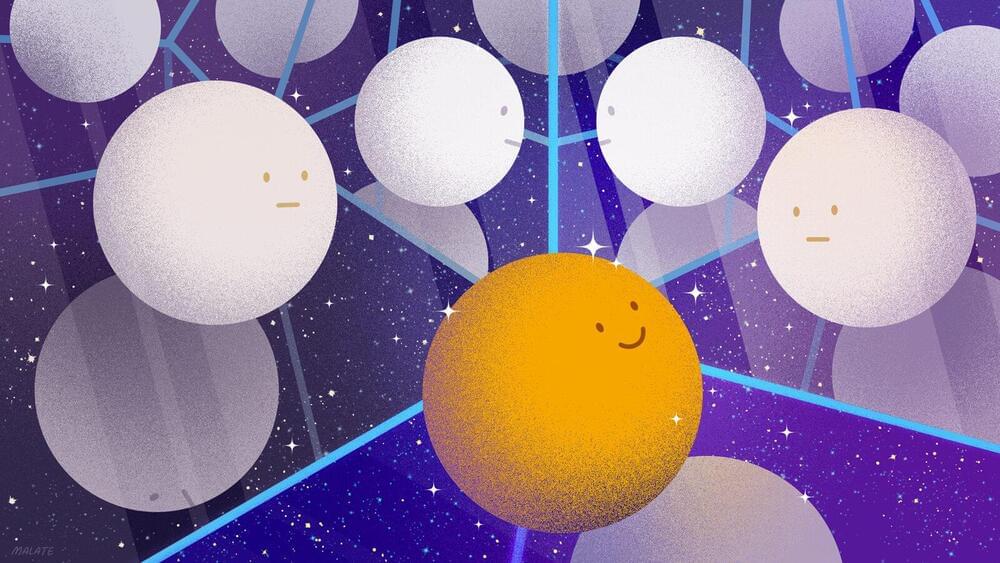The Higgs field is famous for its role bestowing mass on other particles. But it isn’t a one-way relationship: The Higgs field’s interactions also influence its own particle, the Higgs boson. Due to this give-and-take, some physicists think the Higgs boson should be approximately as heavy as the biggest mass scale with which it interacts, the Planck scale.
But this isn’t the case. The Planck scale sits at the enormous energies at which it is thought that gravity becomes as strong as the other three fundamental forces, around 1019 gigaelectronvolts. This is many orders of magnitude bigger than the actual Higgs mass of 125 GeV.
How can the gap between expectation and reality be so huge? Is something protecting the Higgs from Planck-scale physics? The large, unexpected difference in these two scales is known as the hierarchy problem.
